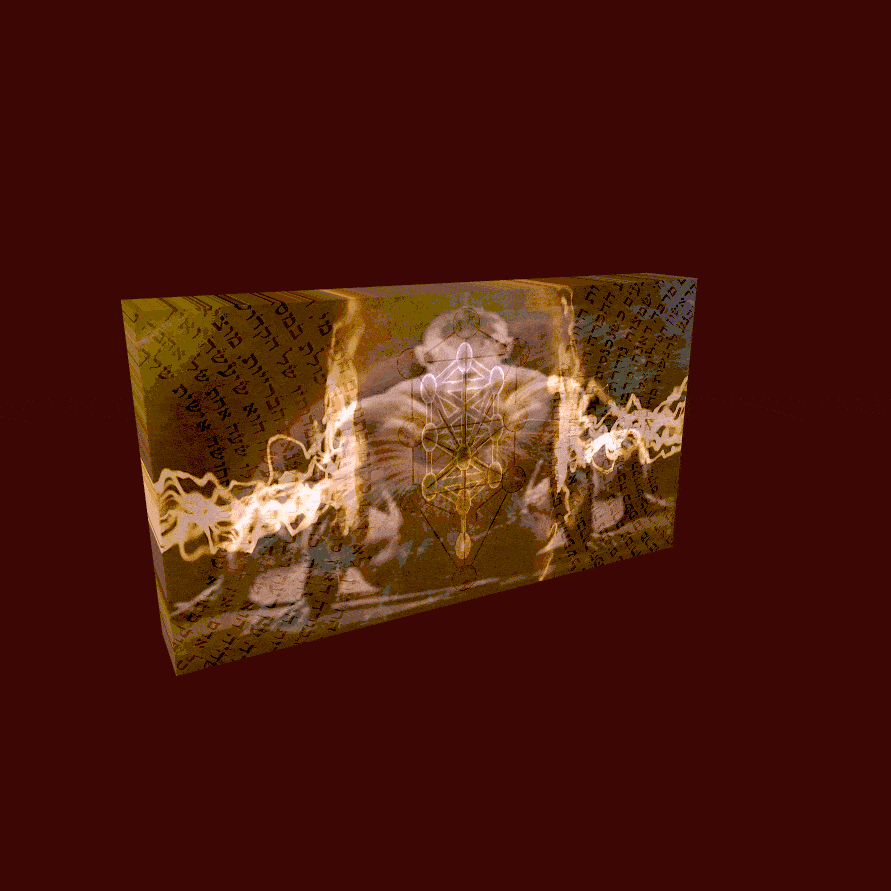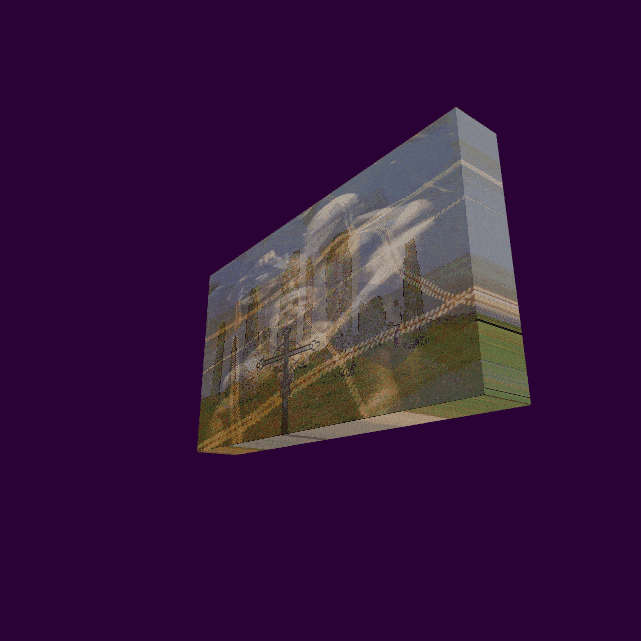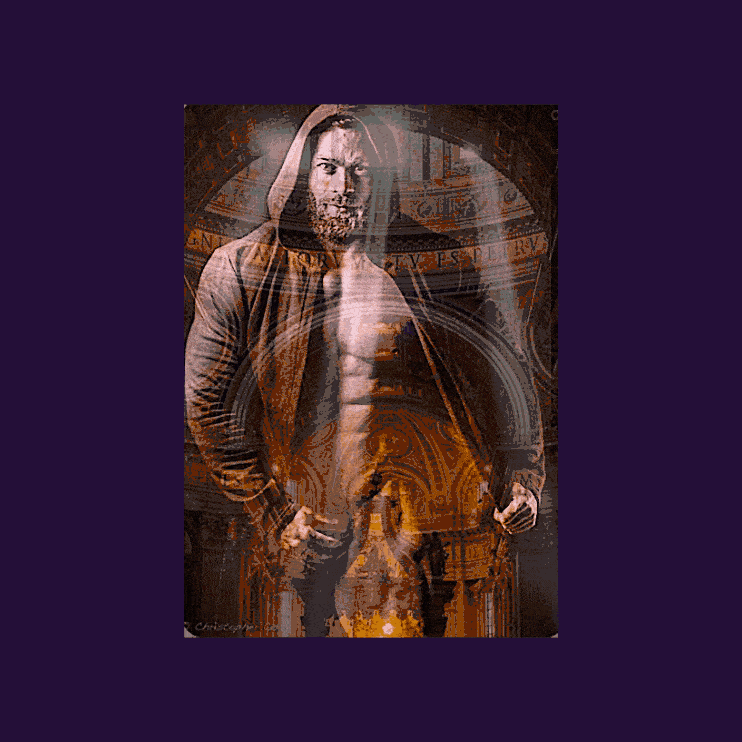Key reasons to tokenize NFTs
MBF-Lifestyle can tokenize ownership of the physical asset of intellectual property. Patrones get partial ownership of favorite digital assets.

Artist Claude of MBF-Lifestyle can tokenize ownership of the physical asset of his intellectual property. This allows the digital art community Patrones to get partial ownership of some of their favourite digital assets like art pieces and potentially a portion of the royalty payments after it resells.
New digital trading card Avatar real estate via smart contract.

The artists benefit from an immediate asset tokenization income from selling shares in the non-fungible token while keeping (hopefully) more royalties than they would have if they had used the old system.
It also gives them more control over the distribution of their NFT's work, as they can choose which fans get a piece of ownership or who gets owner-like access to specific NFTs' metadata.
Tokenizing assets like NFT art provides a way for artists to gain exposure and income from their work and offers collectors a new way to show off and trade their favourite pieces, even using them as proof of stake to borrow them.

Digital trading cards are the new real estate of original data stored in smart contracts on the digital ledger tokenization platform.
MBF-Lifestyle sees accurate world items like the artist's work become prime transactions that nft marketplaces can deliver in this safe internal environment.
DAOs have transparent voting so Patrons can have their say in a potent force change since that is how tokenization works and represents ownership shares of an artist`s work.
Token holders and sensitive data
You do not have to buy the whole thing; just part of something big is as remarkable. With fractional ownership, a small yet documentable piece of a high-cost asset can be tokenized and sold to multiple people, just like the rare King Edward VIII penny that was fractionalized into 4,000 shares, each costing £50—giving more opportunities to invest for inclusion value to small investors that could not buy ownership rights to the total physical item.
Nonfungible tokens

Tokenizing nft art also offers more liquidity, as the tokens can be traded in a marketplace, allowing the artist to control their IP. This means they can rely on something other than third parties or platforms.
With DAOs, you can create tokens and sell NFTs to crowdfunding projects where the project is simply crowdfunding and offering voting influence for which franchise the DAO buys.
Digital Tokens and their potential
Another creative use case for tokenization is in monetizing your data. A basic Attention Token (BAT) is a token that advertisers, platforms, and users use for effective ad content. By tracking ads' performance and who watches them, advertisers and consumers can opt-in and gain BAT tokens for participating.
Advertisers get paid for more efficient ad content, and users get paid for giving their attention. Unlike the shoot-me-now situation we all experience with unwanted ads everywhere, it becomes a win-win situation.
Nonfungible tokens digital file transfer
Something you need to see on Ethereum Blockchain and the ICO Initial coin offerings happening daily. The public encrypted data aspect of original sensitive data makes digital files on the new blockchain technology real-world assets to watch, even though mainstream media gives them the brush-off.
Mainstream media needs to be more knowledgeable about the shift tokenized data brings to the playing field and tokenization as a service option MBF-Lifestyle is looking at for its brand logo design collections.
Security risks in digital representations

The trading criteria of utility tokens and security tokens make them hot. Businesses can now tokenize assets and monetize their brands by letting fans own a piece of something bigger than them.
Physical assets meet sensitive data index function
Age-old parchment contracts revamped to a hash function in the intelligent contract, all wrapped up in modern finance systems that represent tangible ownership of video clips of an artist's work with the capacity to trace ownership, with the essential public info at Etherscan.
An ideal NFT-safe environment is a place for one owner to keep this new tokenizing asset safe from a skilled hacker.
What is the main reason for tokenization?
Tokenization is the concept of representing real-world assets using unique digital tokens on a blockchain. It provides a new way to describe the value of virtually any asset, allowing for fractional and secure ownership. Tokenization has several significant benefits compared to traditional methods of ownership:
Digital tokens
1) Unique Identification: Tokenized assets are identified using a unique ID associated with each token. This ensures that asset transactions can be tracked in real-time and eliminates potential issues caused by misidentification or fraud.
2) Same Blockchain: Since tokenized assets use the same blockchain network, their value is independent of external factors such as market liquidity or geopolitical instability, making them more resilient than other investments like stocks and bonds.
3) Lending Contracts: Tokenized assets can also be used as collateral for short-term borrowing needs or agreements such as futures contracts. This allows users to access flexibility not typically seen with traditional securities and simplifies lending operations for banks and other financial institutions, which usually require complex paperwork to transfer collateral between different parties
4) NFTs Work With Tokenization: (NFTs), which are specifically designed to represent individual items such as artworks, collectibles, or virtual property, can also benefit from tokenization since they can be issued on an immutable ledger that keeps track of their provenance over time with additional features like smart contracts embedded directly into the underlying blockchain infrastructure that facilitates both payments and trading activities related to these tokens themselves.
Overall, tokenization has opened up new opportunities for investors who want more secure stores of value while allowing companies greater flexibility when transferring rights in various scenarios, including crowdfunding initiatives or even stock exchanges going online faster than ever imagined!
What are the benefits of crypto tokenization?
Crypto tokenization is an incredible innovation that has the potential to transform many aspects of our lives. This technology allows for creating digital tokens representing a specific asset, like a company's equity, an artist's work, or even a ticket to an event.
These tokens contain unique data about that asset and can be used on internal systems and exchanged between users and across markets.
What makes it revolutionary is its use of blockchain smart contracts; these are self-executing contracts that manage and enforce the terms between two parties without needing any middleman or third-party trust provider. This helps ensure secure transactions with transparency, privacy, and immutable records.
The advantages of tokenization are vast: faster transactions with lower costs due to automation; improved liquidity thanks to fractional ownership opportunities; more accessible access to global capital markets regardless of location or socio-economic status; reduced counterparty risks by removing intermediaries in the transaction process; increased protection against fraud through decentralized networks with recorded ledgers embedded into every transaction – to name a few!
Token's unique data and other assets to watch
At this early stage, we only see what crypto tokenization can do for us economically and socially. With innovation comes greater possibilities – so keep your eyes peeled for more amazing developments in this exciting space!
FAQ:
What are the key reasons to tokenize NFTs on MBF-Lifestyle?
Tokenizing NFTs on MBF-Lifestyle allows artists like Claude to maintain ownership of their intellectual property while offering fractional ownership to fans. This process can enhance artist income by selling shares in their work and provides collectors with a unique way to invest in digital art.
How does tokenization benefit digital asset collectors in Canada?
Digital asset collectors in Canada can secure fractional ownership of high-value art pieces without buying the entire asset. This approach opens up investment opportunities, allowing broader access to valuable digital art collections.
What unique advantages does MBF-Lifestyle provide for artists using tokenization?
MBF-Lifestyle offers artists greater control over the distribution of their NFT works, enabling selective ownership allocation. Additionally, artists benefit from immediate income through asset tokenization, potentially earning higher royalties compared to traditional systems.
How does tokenization improve liquidity for NFT creators?
Tokenization enhances liquidity by enabling NFTs to be traded in marketplaces, allowing creators to maintain control over their intellectual property. This eliminates reliance on third-party platforms, facilitating easier transactions and exchanges.
Why should Canadian investors consider fractional ownership through NFTs?
Canadian investors benefit from fractional NFT ownership because it minimizes the financial burden of purchasing entire high-cost assets, creating inclusivity and diversifying investment portfolios through smaller shares.
What innovations does blockchain technology offer for NFT tokenization?
Blockchain technology provides a secure, immutable ledger system for NFT tokenization, including smart contracts that automate transactions and protect against fraud. This innovation fosters transparency and trust among artists, collectors, and investors.
How does MBF-Lifestyle's tokenization strategy promote investor inclusion?
MBF-Lifestyle's tokenization strategy promotes inclusion by offering fractional ownership of physical and digital assets, enabling small investors to partake in high-value asset markets, typically reserved for large investors.
